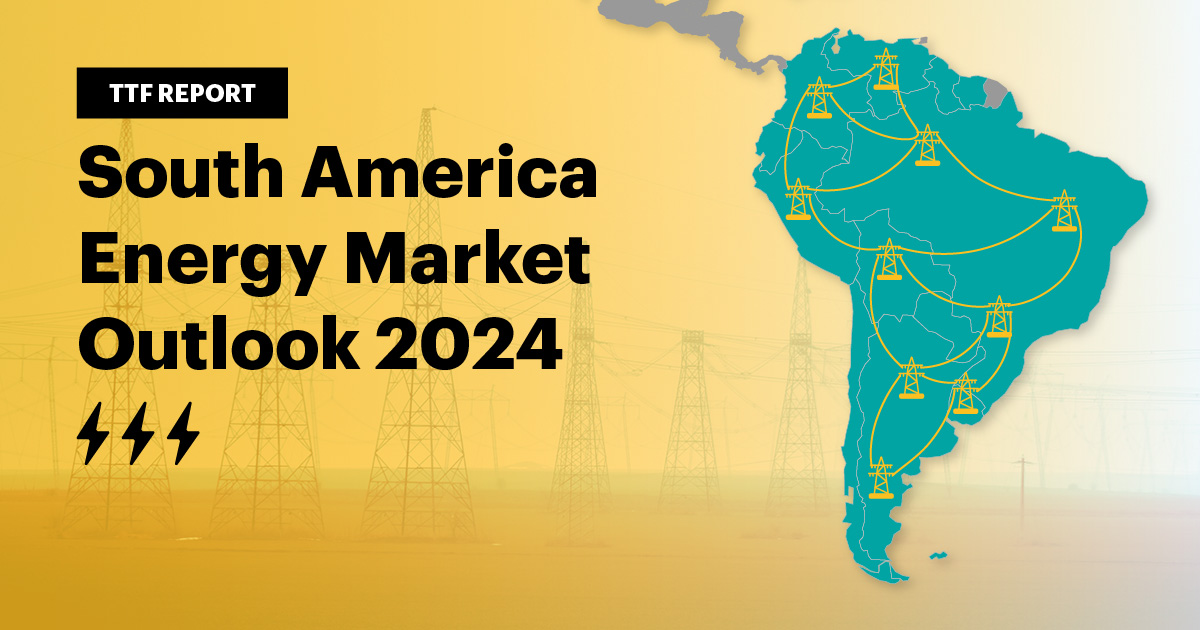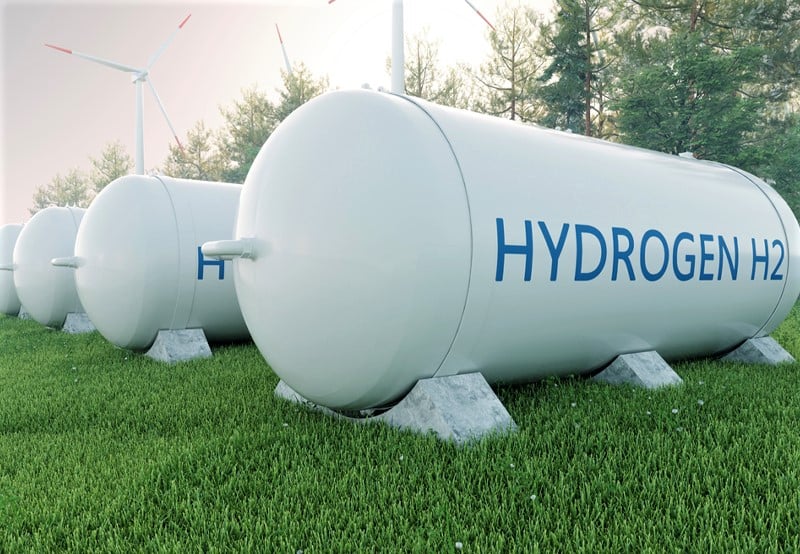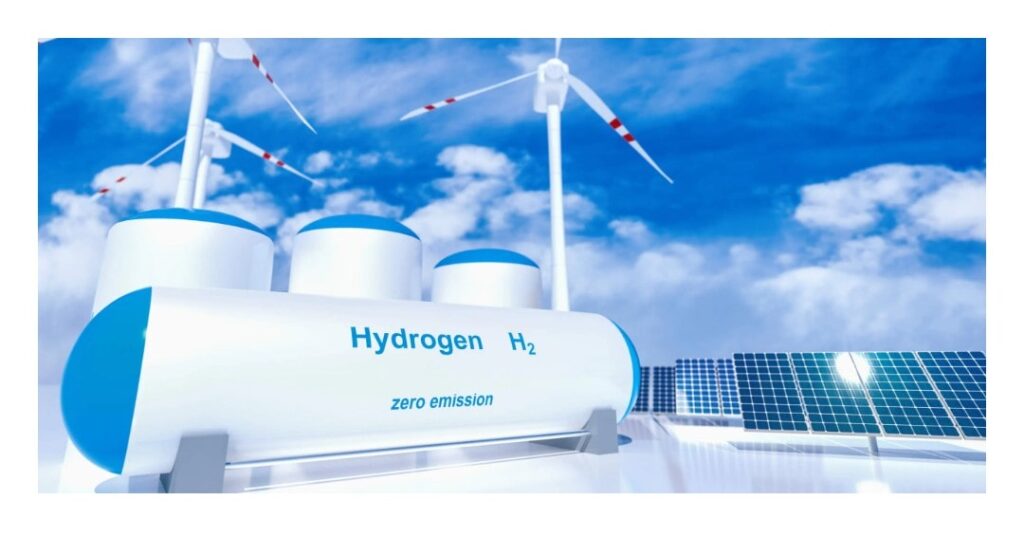
South America has the potential to become a global leader in hydrogen economy. It has abundant renewable energy resources that contribute to the production of hydrogen. Many South American countries have ambitious decarbonization targets. Hydrogen has the potential to achieve these goals. Produced hydrogen could serve in industries such as steelmaking, transportation and chemicals. This could contribute to increased export to other countries and lead to economic growth. Hydrogen production could be green hydrogen and blue hydrogen. Green hydrogen is from the use of electricity from renewable energy resources in the electrolysis process. Blue hydrogen is form the use of natural gas through a process called steam methane reforming (SMR).
A strain insulator is an electrical insulator used in overhead transmission lines to withstand the mechanical stresses. Its main role is to provide electrical insulation while bearing the tension of the conductors. Strain insulators provide a high level of electrical insulation between the conductor and the support structure. Strain insulators have designs to withstand the high voltages in the transmission lines. This helps to ensure the safety and reliability of the power system.
Production of hydrogen in South America faces challenges like infrastructure development, technology advancement and policy support. Addressing these challenges could include government support, investments, policies and collaborations. However, the region has the opportunity to become a global leader in the green hydrogen economy. This is by leveraging its renewable energy resources and implementing suitable policies.
Technologies involved in green hydrogen production
There are several technologies that cause the production of green hydrogen in South America. These technologies harness the abundant renewable energy resources in the region. There are also advances in hybrid renewable systems, energy storage and emerging technologies. These technologies contribute to region’s growing green hydrogen sector. Strain insulators are from materials that provide insulation, corrosion resistance and durability. These include ceramics, glass or composite materials. The following are the technologies used in green hydrogen production.

- Electrolysis – this processes include alkaline electrolysis, proton exchange membrane and solid oxide electrolysis. These technologies offer low costs, high efficiency, quick response times, and potential to integrate with high temperature industrial processes.
- Renewable energy resources – this is the use of electricity generated from solar power, wind energy and hydropower. These technologies provide a stable and reliable source of renewable energy.
- Hybrid renewable systems – this is the integration of solar and wind energy systems to provide a more stable and reliable power supply. This technology mitigates the intermittency of individual renewable sources.
- Energy storage systems – battery energy storage systems store excess electricity generated from renewable sources. They enhance the stability and reliability of renewable energy supply.
- Grid integration technologies – smart grids use advanced communication and control technologies. These help to manage the flow of electricity and integrate renewable energy sources.
- Advanced materials and catalysts – development of new electrodes and membranes aim to improve the efficiency and durability of electrolysis systems.
- High-temperature electrolysis – this is thermochemical water splitting that uses high temperatures to split water molecules. This works in industrial applications where high temperature heat sources are available.
Contribution of hydrogen economy towards decarbonization in South America
Green hydrogen production contributes to reducing greenhouse gas emissions and promotes sustainable development. South America can speed up the transition towards a low-carbon economy and mitigate climate change impacts on a global scale. Strain insulators support and bear the mechanical tension of the conductors. They also have designs to handle the weight and mechanical stress of the conductors. The following are the ways green hydrogen contributes to decarbonization in South America.

- Power generation – green hydrogen integrates renewable energy resources into the production process. This reduces the mission of greenhouse gases into the atmosphere by replacing the use of fossil fuels.
- Industrial processes – hydrogen serves in industries such as steel, cement and chemicals to replace fossil fuels in heating processes. It also enables direct reduction of iron ore leading to green steel production with zero carbon emissions.
- Transportation – hydrogen powers fuel cell electric vehicles which emits only water vapor when hydrogen works in fuel cells. Hydrogen is a clean alternative fuel for ships and plane which reduces emissions in the sectors.
- Residential and commercial use – hydrogen can blend into natural gas networks for heating and cooking. This reduces carbon emissions from residential and commercial buildings.
